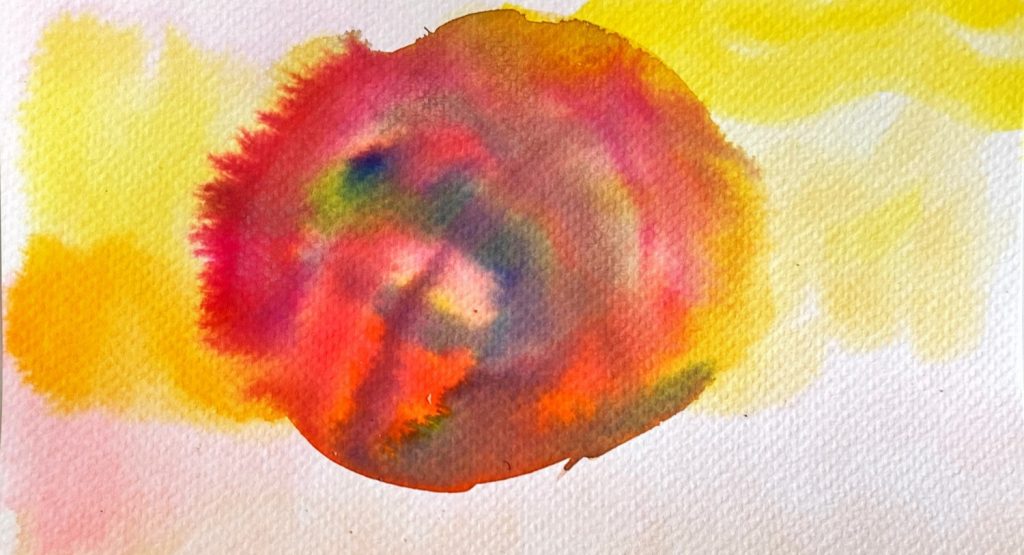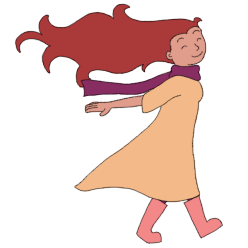
Close your eyes.
Imagine you are in Europe.
It is autumn and you are walking through a woodland. As you walk you look down and notice there are leaves on the ground. These leaves are different to the leaves you usually see. These leaves have feelings. As you look at them you can see some are sad. Others are angry. There are also ones that are guilty, lonely, and so on. The leaves are all different colours.
Now imagine you are walking through the leaves. As you walk through them, they swirl in the air. You can see the leaves and their feelings. As you look you notice one that feels right for you to hold. Pick it up. There may be more than one leaf you want to hold. That is okay.
Now look at the leaves.
Which feelings did you pick up?
What do they tell you about what you are feeling right now?
What colour is each leaf and what are their feelings?
What do you want to do with this leaf/these leaves?
Now open your eyes.
—
This is an exercise I often use with people in grief and loss groups I run.
The feelings people report are not surprisingly a multitude of diverse feelings. But they are not that unique. Most people report the same feelings.
The feelings my participants have listed are:
loss, sadness, anxiety, confusion, panic, dismay, sorrow, apathy, anguish, rage, disappointment, emptiness, despair, yearning, resentment, inadequacy, fear, pain, relief, abandonment, woe, regret, guilt, rejection, bitterness, envy, anger, jealousy, loneliness, betrayal, helplessness, vindictiveness, depression, dread, hurt, distrust, and denial.
There are many more, but these are the ones the participants in my groups have listed.
Some words come up at high frequency. Interestingly the highest frequency words are loss, fear, pain, woe and rage.
Many people describe these feelings as a tangled ball of grief, with the feelings tangled into and around each other.
I use this exercise to allow people the opportunity to understand that they are not mad. The jumble of emotions they are feelings are common to most people who are grieving. It allows them to understand it is okay to feel these diverse feelings.
Many people feel bad if they are angry, resentful or feel betrayed. But these feelings are ones that most people experience. When loss happens, it shatters a person’s world and the sense of safety and security in that world. This happens with any type of loss, not just the death of a loved one. It is not surprising there are jumbled, tangled, diverse emotions. If you find yourself in a place of loss where you are surrounded by the jumble of emotions be kind to yourself. Be as compassionate to yourself as you would be to a friend in that situation. Allow yourself to lock yourself away and not talk to people if you need to. Just make sure you don’t lock yourself away for too long. Allow yourself to take time out. This is particularly important at the funeral. You are not there to be the queen of hospitality and attend to everyone else’s needs. You are grieving. Give yourself permission to not be there for others. Walk away from the throng to give yourself some space if you need to. In the weeks and months to follow and on the anniversaries, allow yourself the bad days when you just want to shut the door on the world. But remember to allow yourself the good days when you actually feel happy. It is not a betrayal of your loved one to feel happiness.
The biggest message for your grief and loss journey is that you will feel an incredible diversity of emotions, often within a short period of time. You will most likely find it hard to think and make decisions. You will think you are going mad. But you are not. Be compassionate and allow yourself time and space to fall apart, rage, cry, laugh, be frightened. It takes time to rebuild that shattered world.
